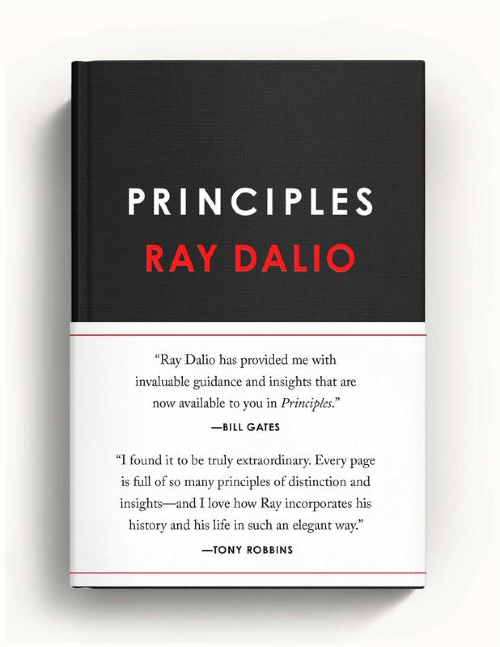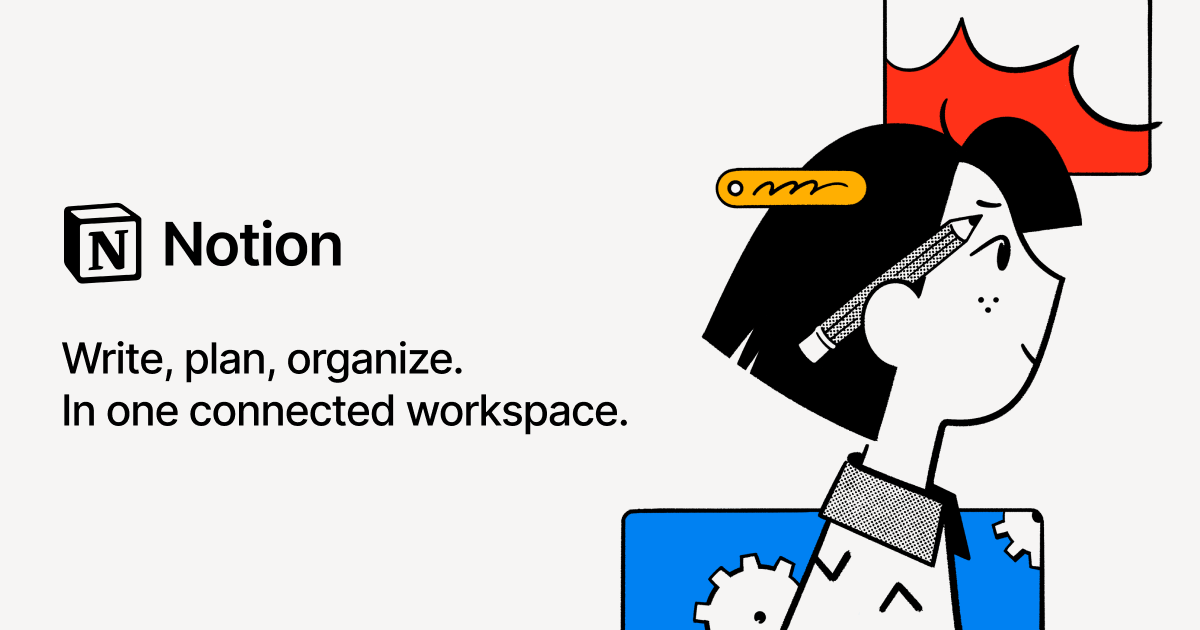Book] Leadership | Principles – Ray Dalio
Discover how Ray Dalio built Bridgewater from a two-bedroom apartment into one of the world’s most successful hedge funds by creating a company culture rooted in radical truth and radical transparency.
![Book] Leadership | Principles – Ray Dalio](/content/images/size/w1200/2025/10/photo-1585717175593-e65a9cdd68b3.jpeg)

Hi All,
If you’ve ever felt torn between trusting your gut and trusting the data, Principles will change how you think about decision-making entirely. I picked up Dalio’s book expecting typical business philosophy—but what I found was a complete operating system for life, work, and leadership. He is also one of a few Wall Street people who came out of the 'meditation' closet, making meditation suddenly cool and more widely accepted.
PAIN + REFLECTION = PROGRESS
What It’s About
Principles distills decades of lessons from Ray Dalio, founder of Bridgewater Associates, the world’s largest hedge fund. After nearly losing everything early in his career, Dalio rebuilt both his firm and himself by writing down the principles that guided his best decisions—and his worst mistakes.
The book isn’t about finance as much as it’s about thinking clearly under pressure. Dalio’s framework blends deep introspection, data-driven decision-making, and radical honesty to create what he calls an “idea meritocracy”—a culture where the best ideas win, not the biggest egos.
Executive Summary for Busy People
Dalio’s thesis is simple but profound: “Pain + Reflection = Progress.”
Every failure contains information. If you’re humble enough to study it and disciplined enough to codify what you learn, you can build systems that think better than you do.
Bridgewater became legendary not because Dalio was always right—but because he built a culture that made being wrong part of the design. The result? Over 40 years of market outperformance and one of the most robust decision-making engines in modern business.
Here’s What Dalio Did Differently
Ray Dalio’s Five-Step Process to Getting What You Want Out of Life is a repeatable cycle for personal growth, decision-making, and goal achievement. It’s essentially how he runs both his life and Bridgewater’s system for continuous improvement.
Here’s the breakdown — written clearly and succinctly, in the same Leadership | Principles tone we established:
🧭 Ray Dalio’s Five-Step Process
Step 1: Have Clear Goals
Know what you truly want—not what looks good to others. Define your desired outcomes precisely, then prioritize ruthlessly. Dalio says unclear goals are the biggest source of wasted time.
“You can have almost anything you want, but not everything you want.”
Step 2: Identify and Don’t Tolerate Problems
Confront reality fast. See problems as clues that your system isn’t working—not as failures. Avoid the comfort of denial; pain is your signal that something needs fixing.
“Pain + Reflection = Progress.”
Step 3: Diagnose Problems to Get at Their Root Causes
Don’t stop at symptoms. Ask why repeatedly until you uncover the real cause—often it’s a habit, belief, or blind spot. Dalio calls this step “radical self-diagnosis.”
“If you don’t get to the root cause, the same problems will keep coming back.”
Step 4: Design a Plan
Once you understand the root cause, design a practical plan to overcome it. Bridgewater calls this “system design.” Translate insights into clear principles, playbooks, or process improvements that prevent the same issue from repeating.
“Think of yourself as a machine operating within a machine.”
Step 5: Do What’s Necessary to Push Through
Execution is everything. Follow your plan with discipline—no excuses, no emotional shortcuts. Reality rewards those who persist through discomfort.
“The key to success lies in both being able to dream big and being able to do the hard work to realize those dreams.”
In the context of Bridgewater, it looked something like this:
1. Radical Transparency: At Bridgewater, nearly every meeting was recorded. Everyone could challenge anyone—including Dalio. It wasn’t about being nice; it was about finding truth faster.
2. Believability Weighting: Not all opinions are equal. Dalio created algorithms to weigh people’s input based on their track record and expertise. Imagine decision-making that rewards results, not hierarchy.
3. Pain + Reflection = Progress: Instead of avoiding mistakes, he studied them like data. After every painful outcome, the question wasn’t “Who messed up?” but “What system failed—and how do we fix it permanently?”
4. Principles as Code: Dalio treated life like software. Every time he encountered a challenge, he updated his “code” by writing a principle—essentially a rulebook for future decisions.
The Results Speak for Themselves
Bridgewater’s Resilience: The firm has managed over $150 billion and navigated every major crisis—from 1982 to 2020—by following pre-written principles rather than emotional reactions.
Leadership Development: Bridgewater employees aren’t told what to think but how to think. Dalio institutionalized reflection, creating self-correcting teams that outperform because they evolve faster.
Crisis Navigation: During the 2008 financial crisis, while most firms panicked, Bridgewater calmly executed its pre-tested playbooks. The result: one of the few funds to make money during global collapse.
His Playbook
- Write Down What Works: Every success or failure becomes a principle. Over time, you build a system smarter than your instincts.
- Create Feedback Loops: Seek truth, even when it stings. The fastest learners are those who confront reality directly.
- Systematize Decision-Making: Dalio uses algorithms to ensure emotional neutrality. When humans burn out, systems keep thinking clearly.
- Separate Ego from Truth: When your goal shifts from “being right” to “finding what’s true,” the entire organization levels up.
Real Examples You Can Actually Use
When Dalio nearly bankrupted Bridgewater in the 1980s, he didn’t hide the mistake—he documented it. That humility became the foundation of Bridgewater’s culture.
Instead of managing by gut instinct, he created decision algorithms based on thousands of past scenarios. The takeaway? You don’t need perfect foresight—just repeatable frameworks.
And when team members disagreed, he didn’t settle it through hierarchy. He asked, “Who has the most believable record in this domain?” Meritocracy by evidence, not emotion.
Why This Makes Better Leadership
Dalio’s insight is counterintuitive: truth is the ultimate competitive advantage. Most leaders protect their image; Dalio protected the integrity of his feedback loops.
By confronting reality faster, he caught errors others ignored. By codifying lessons, he scaled wisdom across the firm. The lesson? Radical truth may hurt in the short term, but it compounds like capital.
The Big Myth This Book Destroys
That leadership is about charisma or control. It’s not. It’s about clarity and compounding. Dalio proves that when you build a system around truth, transparency, and feedback, the results take care of themselves.
He flips the myth of perfection. Great leaders aren’t the ones who never make mistakes—they’re the ones who build systems that keep learning from them.
Why You Need This Framework
Whether you’re managing capital, leading a team, or designing your life, Dalio’s principles offer a simple compass: Be radically open-minded and radically transparent.
If you can detach your ego, embrace feedback, and turn pain into data, you’ll grow faster than anyone still hiding behind certainty.
The breakthrough insight?
The best decisions aren’t made by smarter people—they’re made by clearer systems.
Honestly, after reading Principles, you stop reacting and start architecting. You become less fragile, more grounded, and infinitely more adaptable. In a world changing faster than ever, that’s the real edge.
Bonus
Bookmark this. If you are also like me who likes to be inspired by watching leaders' interviews and stories, please check out my hand curated interview list. It's available as a Notion notebook. Worth a Read/Watch/Listen - Leadership

Who are the leaders who inspire your definition of character and success? I’d love to hear your thoughts.

![Finance | Leadership] How I Built a Global Career in Finance: A prelude to the upcoming series: Breaking Into Finance](https://images.unsplash.com/photo-1676471049029-f93852da351d?crop=entropy&cs=tinysrgb&fit=max&fm=jpg&ixid=M3wxMTc3M3wwfDF8c2VhcmNofDl8fG1vdW50YWluJTIwZXZlcmVzdHxlbnwwfHx8fDE3NjQwNTgyMjB8MA&ixlib=rb-4.1.0&q=80&w=720)
![Obsidian Memo | Culture Shocks] From Seoul to Toronto to New York to London: A Life in Translation](/content/images/size/w720/2025/10/Emily-in-Paris.jpg)
![Obsidian Memo] When “The Diplomat” Made My Life Make Sense](/content/images/size/w720/2025/10/diplomat_ver2_xlg--1-.jpg)